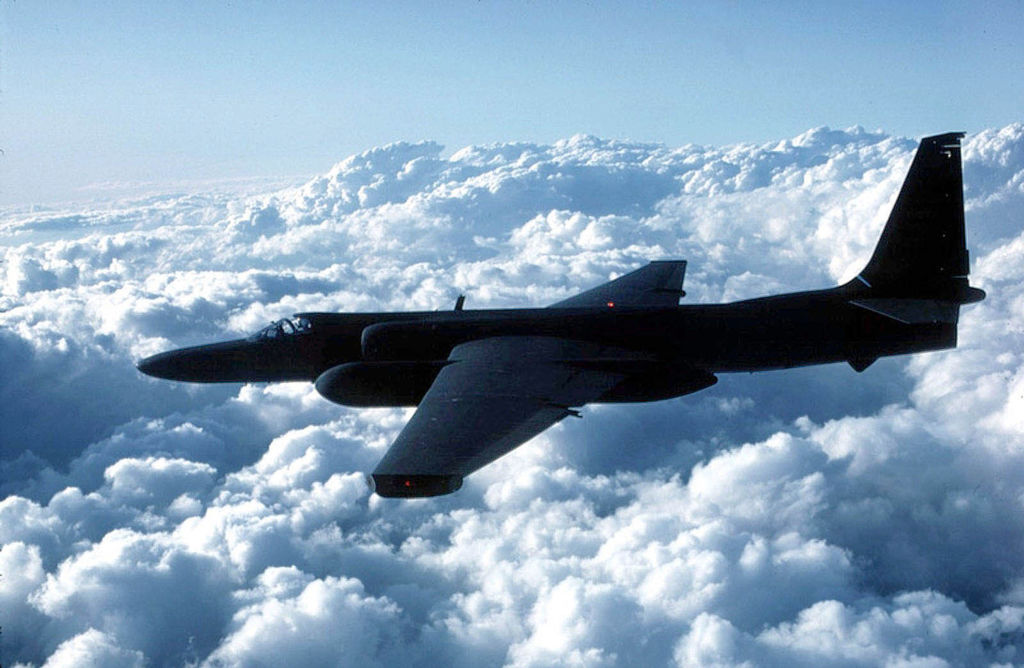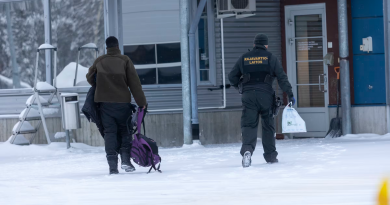U-2 spy plane on mission as Norway boosts deterrence against Russia

The U-2 Dragon Lady is back in Norwegian airspace, nearly 65 years after the shot down incident over the Urals in the Soviet Union of a similar plane on its way to Bodø airport.
The exercise this week, aimed to deter Russia, includes fighter jets, strategic bombers, tankers and the grand old Cold War surveillance and reconnaissance aircraft: the U-2.
U-2 has been to Norway before. Bodø airport north of the Arctic Circle served the U.S. spy planes that in the late 1950s flew missions over the Soviet Union. On May 1st 1960, however, a Soviet anti-aircraft missile hit the plane as it flew over Mayak, the secretive plutonium production facility north of Chelyabinsk in the South Urals. The pilot, Francis Powers, ejected and parachuted safely to the ground where he was arrested by KGB and spent two years in jail before being exchanged in a spy-swap.
Although very old, the high-altitude spy plane still fills a critical role in combat collections of signals to other ground and airborne units.
“The training shows which ability the Norwegian armed forces have to integrate and utilise groundbreaking capabilities provided by the United Kingdom and the USA in joint operations,” says Tron Strand, Chief of Norway’s Joint Headquaters at Reitan near Bodø.
The most visible part of this week’s exercise came when two of the U.S. Air Force B-52 strategic bombers on Wednesday flew low over Bergen.
The training scenario was not to attack Russia, but to simulate attacks on enemy occupied territories inside Norway.
‘Detect, track and degrade’
The three countries train together to detect, track and degrade an imaginary enemy target on allied territory, the Norwegian Armed Forces explains in a statement.
“In Ukraine, Russian air defense has proven to be effective, and Ukrainian air forces lack freedom of action,” says head of the Norwegian fighter jets, Morten Hanche.
In a war scenario, the Norwegian Armed Forces want to retain the room for action that Ukraine has lost.
“The Bomber Task Force with F-35, naval and ground forces is not easy to defend against. Together we are good at doing that job,” explains Hanche.
Hanche says it is a goal in itself to let the enemy see how good Norway and its allied forces are on working together.
“Then they will hopefully understand that it is not a good idea to attack us,” Morten Hanche says.
NATO interoperability
British Eurofighter Typhoons along with Norwegian and British F-35 fighter jets worked together with the P-8 Poseidon maritime surveillance aircraft and the much larger U.S. B-52 bombers on Wednesday.
Also a RC-135 Rivet Joint reconnaissance plane was active above Norway at the time.
“Interoperability is essential for the defense of NATO’s northern flank. The exercise demonstrates the strengths of our alliance: our ability to understand how we operate, to share critical information quickly, and to work seamlessly together,” says Captain Hannah Bishop, Chief of operational planning with the British Air Force.
Earlier this autumn, both a U.S. and a British aircraft carrier were exercising outside the coast of Norway, including in waters near Lofoten archipelago inside the Arctic Circle.
Related stories from around the North:
Canada: Canada to open consulates, appoint Arctic ambassador under new foreign policy, The Canadian Press
Finland: Russian cyber attacks, espionage pose growing threat to Finnish national security, Yle news
Iceland: Iceland authorizes U.S. submarine service visits, Eye on the Arctic
Norway: Russian jamming disrupting GPS signals for Norwegian aviation almost daily, The Independent Barents Observer
Russia: Russia accuses US of stoking tensions in the Arctic, The Independent Barents Observer
Sweden: Swedes must mentally prepare for war, says military top brass, Radio Sweden
United States: Space takes centre stage in U.S. Department of Defense Arctic strategy, Eye on the Arctic



